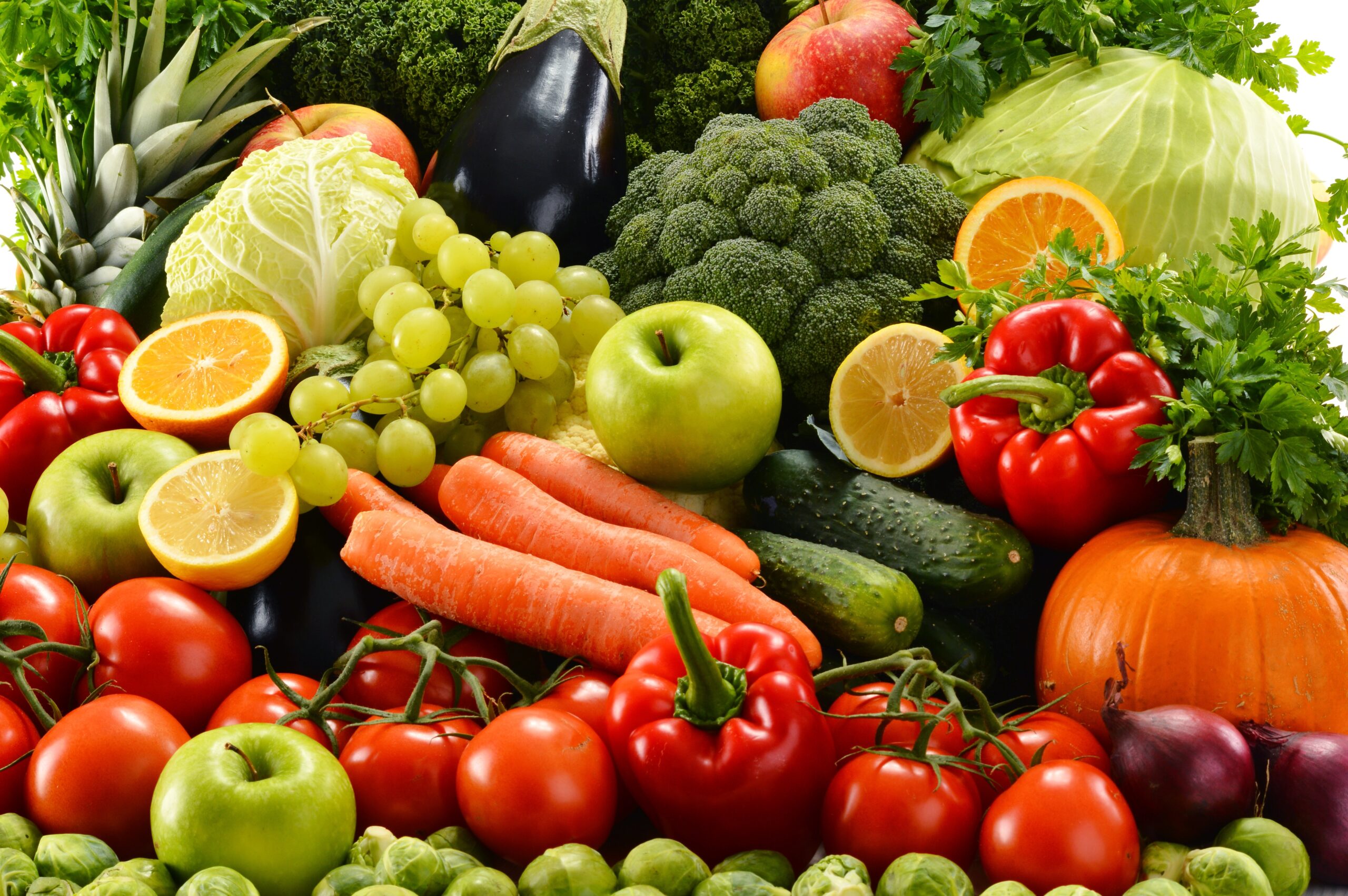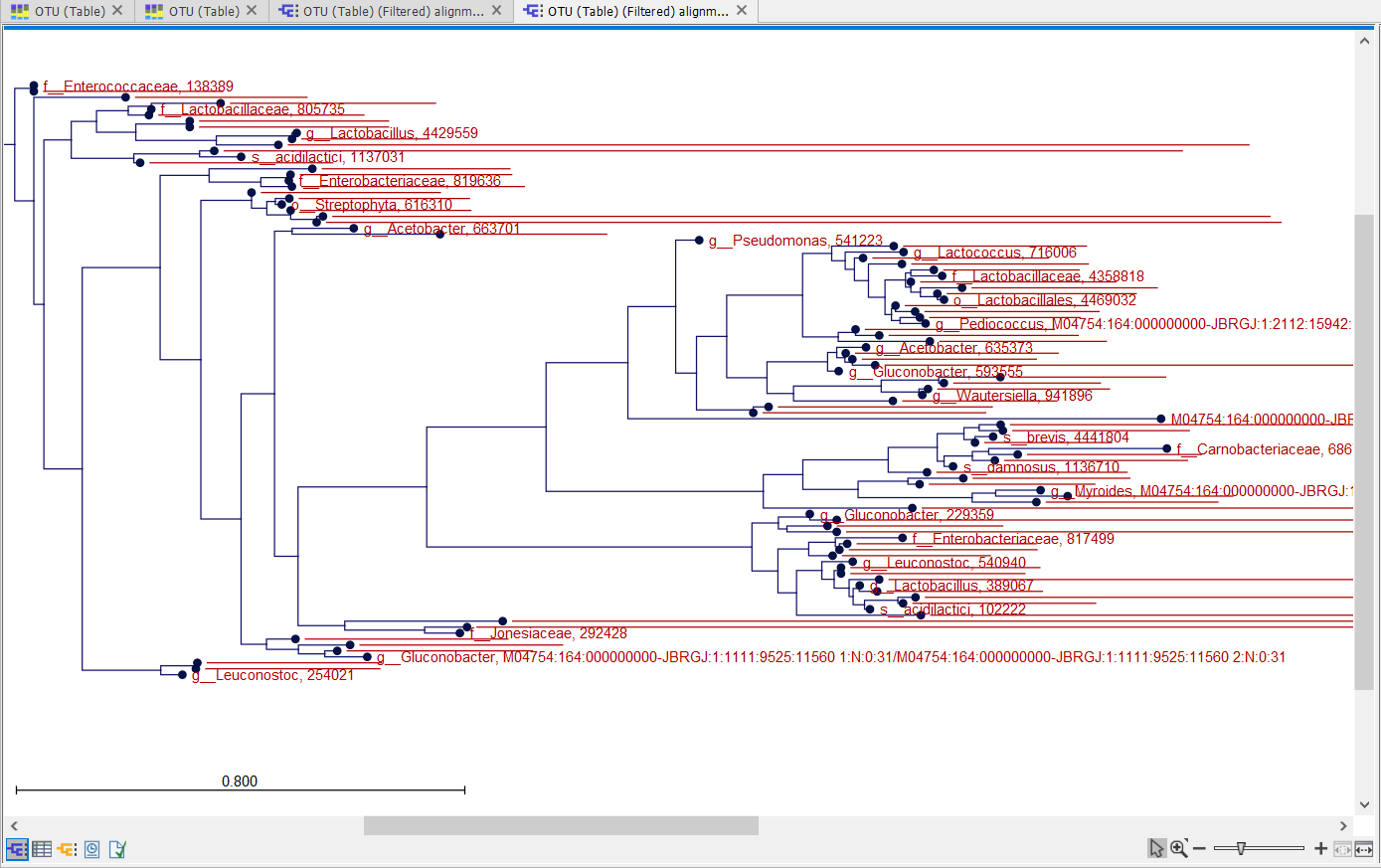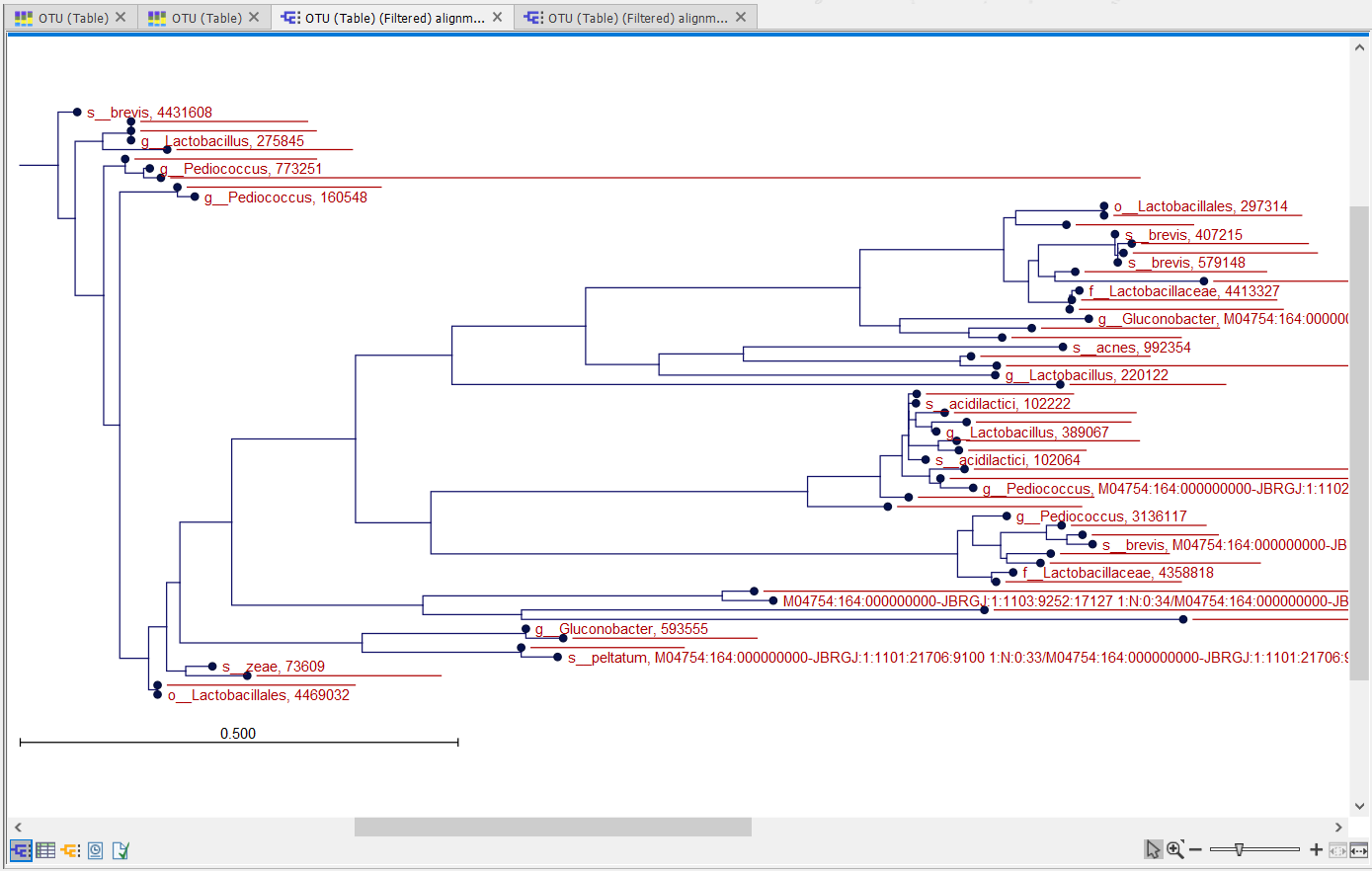Hello and Welcome Back Everyone! I know that it has been a couple weeks but I come back with some exciting new science to share with you! I hope that you are all still staying well and healthy during this uncertain time full of transitions, and I wish that you all can still manage to see the light and brightness present within this storm. But now, lets science!
So Going Back to Last Week, Which Experimental Question Did I Ask?
That is a good question; As a refresher, here is the question that I chose to ask and attempted to figure out during all the time I spend sequencing.
“As my cucumber starter started to smell like red wine during the last few days before I brought it to Raleigh, I was to know if there is a specific microbial community or microbe that causes that alcoholic smell (which microbes cause the alcohol smell, does it have to do with the quantity of a certain microbe?).”
So then you may ask, as we are scientists after all, ‘What was my hypothesis?’ Let me spill the tea shall I? My hypothesis was . . .
Rather than their being different groups of microbes found within the starter that signify whether the starter smells like alcohol versus smell like bread, I think that it will have to do more with the quantity of a certain microbe found within the starters. The smell of alcohol has to do more with rotting things right? So maybe, the starters were not fed enough for all the yeast to happily survive, so some of them died and made the smell of alcohol appear as they were being consumed by the other yeast or fermenting. My hypothesis is that the alcoholic smell has to do with quantity over what microbes are within the starter.

So Before I Discuss the Results, Let Me Give Credit to Those Whose Starters I Sequenced . . .
The samples that I used were (name of person followed by the link to their blog, and the samples used):
Anna Pannick: https://dontpannickmakesourdough.blogspot.com
43_S33_L001_R2_001.fastq.gz
44_S34_L001_R2_001.fastq.gz
45_S35_L001_R2_001.fastq.gz
46_S36_L001_R2_001.fastq.gz
Rachel Rackers: https://sourdoughstarteradventure.blogspot.com/
29_S23_L001_R2_001.fastq.gz
30_S24_L001_R2_001.fastq.gz
NhiTon: https://nnton.wordpress.ncsu.edu/
40_S31_L001_R2_001.fastq.gz
42_S32_L001_R2_001.fastq.gz
Ryan Burke: https://rbssourdoughstarter.blogspot.com/
72_S47_L001_R2_001.fastq.gz
Riley Dunwoody: https://rileysourdoughstarters.wordpress.ncsu.edu/
94_S54_L001_R2_001.fastq.gz
96_S55_L001_R2_001.fastq.gz
Molly Mizenko: https://thelifeofasourdoughstarter.blogspot.com/
104_S58_L001_R2_001.fastq.gz
I chose these starters to sequence specifically on the basis that they either smelled like alcohol or they smelled like bread. Samples number 96, 94, and 43-46 smelled like alcohol while 104, 72, 42, 40, 30, and 29 smelled like bread. If you want to learn more about the life cycle of the starters that I sequenced, please visit these wonderful blogs in order to learn more about these specific starters before you move on.
So, Here Are Some Graphs of the Bacterial Communities Within the Starters!
Let me just bombard you with some picture here really quick (samples are labeled at the bottom of the bar like graphs)!
Picture 1: Microbial (Bacterial) Composition Breakdown for the samples that smell like bread/yeast in terms of percent. Four main groups that we will look at are the blue (Bacteria, Firmicutes, Bacilli), Green (Bacteria, Cyanobacteria, Chloroplast), Purple (N/A), and Orange (Bacteria, Proteobacteria, Alphaproteobacteria).

Picture 2: A phylogenetic tree of the bacterium present within the starters that smelled like bread/yeast.

Picture 3: Microbial (Bacterial) Composition Breakdown for the samples that smell like alcohol in terms of percent. Four main groups that we will look at are the blue (Bacteria, Firmicutes, Bacilli), Green (Bacteria, Cyanobacteria, Chloroplast), Purple (Bacteria, Proteobacteria, Alphaproteobacteria), and Orange (N/A).

Picture 4: A phylogenetic tree of the bacterium present within the starters that smelled like alcohol.

So, What Does This Mean?
Based on the amount of samples I had to choose from in terms of smelling like alcohol versus bread (not concerning the fruit in the experimental, or whether or not it was a control), I am honestly sure if I have enough information in order to answer my research question. Based on looking at the graphs and trees, it appears as if there is a more diverse spread of bacterial microbes present in the starters that smelled like bread/yeast in comparison to the samples that smelled like alcohol. Also, on average, there tended to be more of one type of bacteria in the starters that smelled like alcohol than the ones that smelled like bread or yeast. So, that could match the part of my hypothesis that suggested, since the smell of alcohol is often related to fermentation and death, that there was excess or to much of one type of bacteria and thus some of them died and were consumed by the living bacteria. So while this way of looking at the information gathered through the sequencing could help support my hypothesis, I am not sure I could definitely say that I am correct. I believe that I would need to do more experiments experimenting with feeding times and environments followed by sequencing in order to really determine where that alcohol smell comes from.
But anyways . . . The most common bacterial microbes present in both samples were the blue color, or the Bacteria, Firmicutes, Bacilli. Is this what I expected? Well, at the beginning of the semester, I researched that the most common bacteria found within sourdough starters are a bacterial organism part of the lactobacillus family (or yeast that holds the big scary names of saccharomyces diarensis, s. exiguus, or candida milleri). And while it has been found that numerous other bacteria can be found within sourdough starters, I guess I was not quite sure what to expect. However, it was found that the most common bacteria found within all the starters that I sequenced was in fact, a part of the Bacillus family. Crazy cool right!?!
P.S. There were few microbes that could not be recognized be specifically identified and they made up a small percentage of each sample.
P.S.S. I could not get the fungal analysis to work! So that is why there is no information here about fungal analysis or comparisons between fungal and bacterial organisms within the starters. This is something that I would for sure include in further research!
Lastly, Does The Fruit (as we discussed in a previous blog post) Have and Effect on the Microbial Composition of the Starter?
Well, as the twelve starters that I sampled consisted of control starters and experimental starters made with oranges, applesauce, Korean pears, canned pears, Bartlett pears, grapefruit, and mangoes, but yet they all consisted of the same bacterial microbes. Thus, as you can look at the graphs labeled above, in terms of the four main categories of the microbes that made up each starter sample, and I can come to a reasonable conclusion that the specific fruit used in the starter may not have quite the impact on the microbial compositions of the starters that we though possible. However, as this is a limited sample and many of the fruits in these starters were in fact breed in America, its possible that as I said above, that we do not have enough information to make an actual claim or assumption based on our data.

Well, research never seems to end does it? While we learned a lot about our starters, it is almost like we were left with more questions than answers after completing the sequencing. That often is the nature of science and experiments, however, I hope that this whole process has not discouraged you against research, but pushed you to want to answer more question. Thank you for coming along with me on my journey with the starters!
Sources:
https://www.inlander.com/Bloglander/archives/2017/07/20/strategies-to-delay-dementia-more-benefits-of-fruits-and-veggies-and-checking-out-camaros-for-a-good-cause
https://www.mapsinternational.co.uk/large-world-wall-map-political-canvas.html